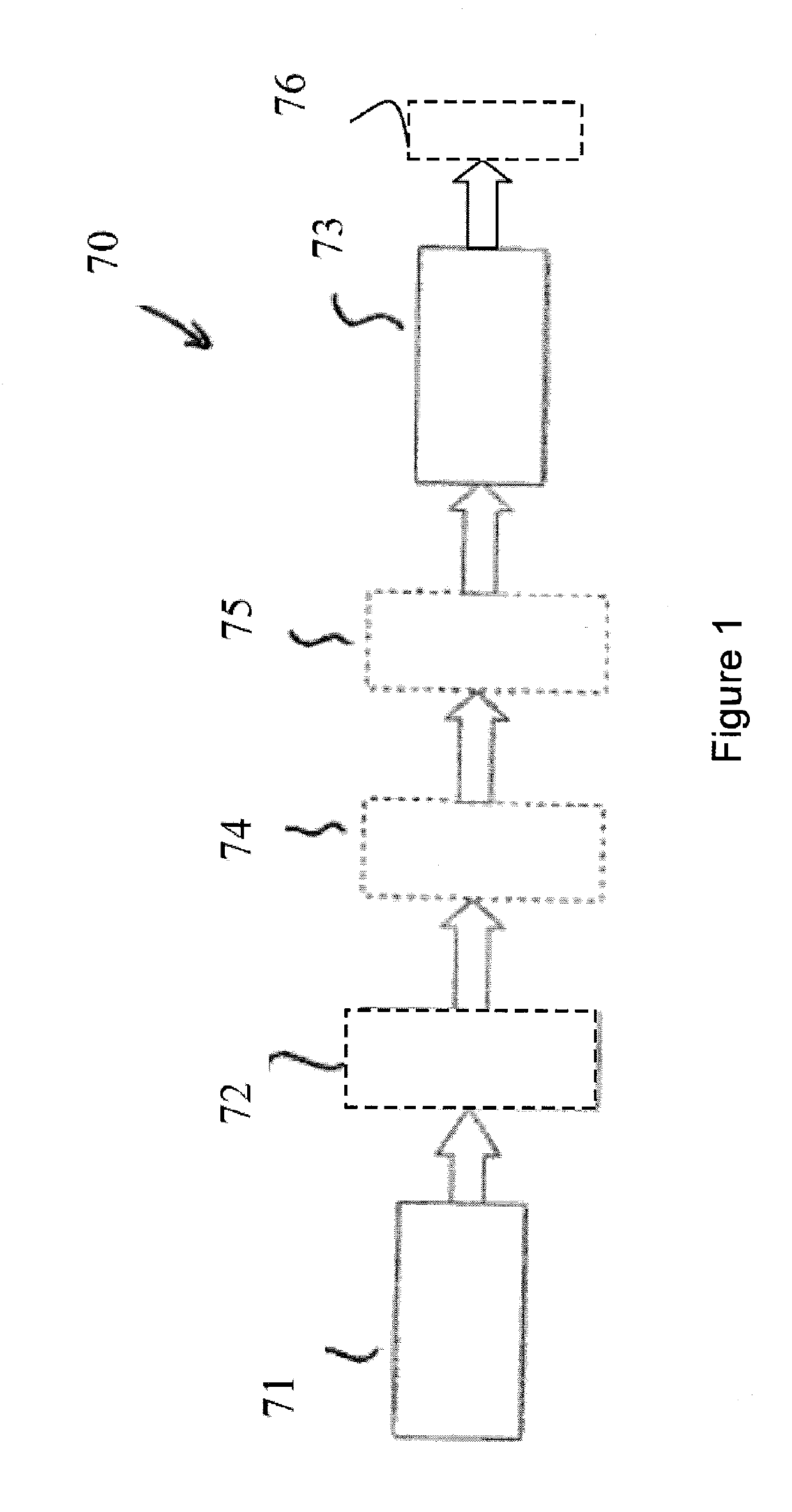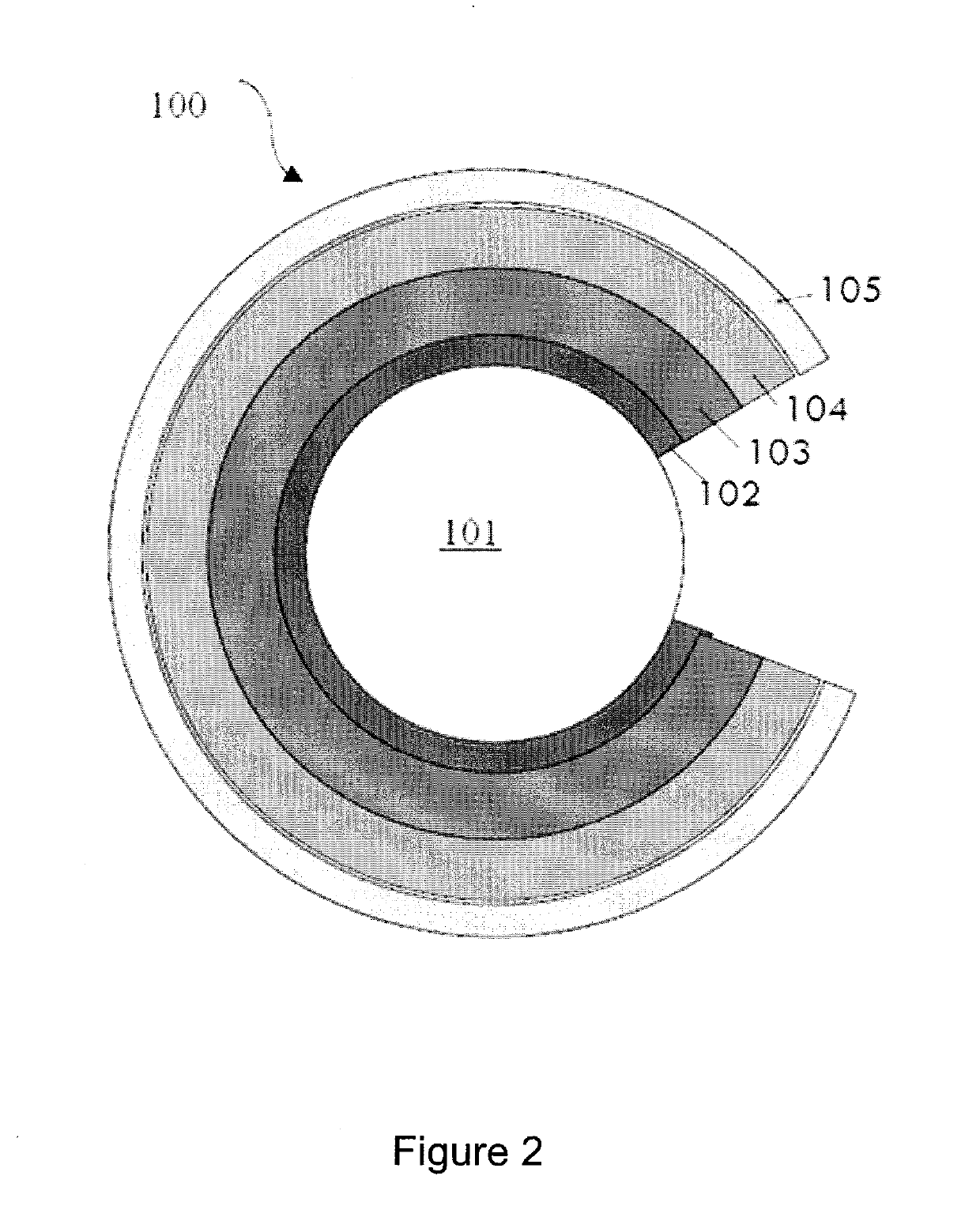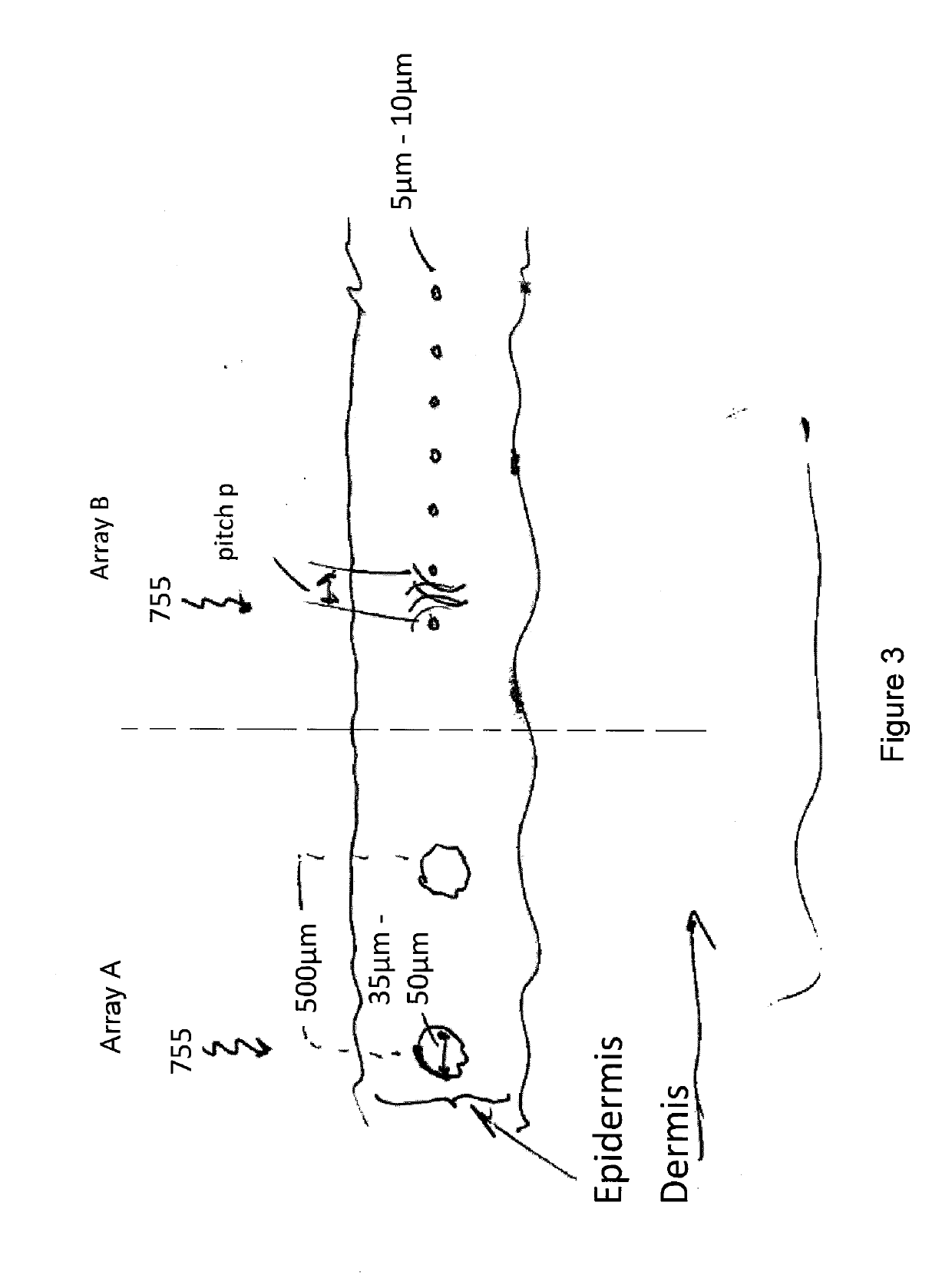Controlled photomechanical and photothermal tissue treatment in the picosecond regime
a photothermal tissue and photomechanical technology, applied in the field of controlled photomechanical and photothermal tissue treatment in the picosecond regime, can solve the problems of tissue damage and tissue remodeling and regeneration, unwanted/undesirable additional thermal damage to adjacent regions,
- Summary
- Abstract
- Description
- Claims
- Application Information
AI Technical Summary
Benefits of technology
Problems solved by technology
Method used
Image
Examples
Embodiment Construction
[0016]The present disclosure relates to laser systems having sub-nanosecond pulsing (e.g., picosecond pulsing). Exemplary systems are described in our U.S. Pat. Nos. 7,929,579 and 7,586,957, both incorporated herein by reference. These patents disclose picosecond laser apparatuses and methods for their operation and use. Herein we describe certain improvements to such systems.
[0017]With reference now to FIG. 1, an exemplary system 70 for the generation and delivery of picosecond-pulsed treatment radiation is schematically depicted. As shown in FIG. 1, the system generally includes a pump radiation source 71 for generating picosecond pulses at a first wavelength and a treatment beam delivery system 73 for delivering a pulsed treatment beam to the patient's skin.
[0018]The system optionally includes a wavelength-shifting resonator 72 for receiving the picosecond pulses generated by the pump radiation source 71 and emitting radiation at a second wavelength in response thereto to the tre...
PUM
| Property | Measurement | Unit |
|---|---|---|
| distance | aaaaa | aaaaa |
| pressure | aaaaa | aaaaa |
| pressure | aaaaa | aaaaa |
Abstract
Description
Claims
Application Information
 Login to View More
Login to View More - R&D
- Intellectual Property
- Life Sciences
- Materials
- Tech Scout
- Unparalleled Data Quality
- Higher Quality Content
- 60% Fewer Hallucinations
Browse by: Latest US Patents, China's latest patents, Technical Efficacy Thesaurus, Application Domain, Technology Topic, Popular Technical Reports.
© 2025 PatSnap. All rights reserved.Legal|Privacy policy|Modern Slavery Act Transparency Statement|Sitemap|About US| Contact US: help@patsnap.com



